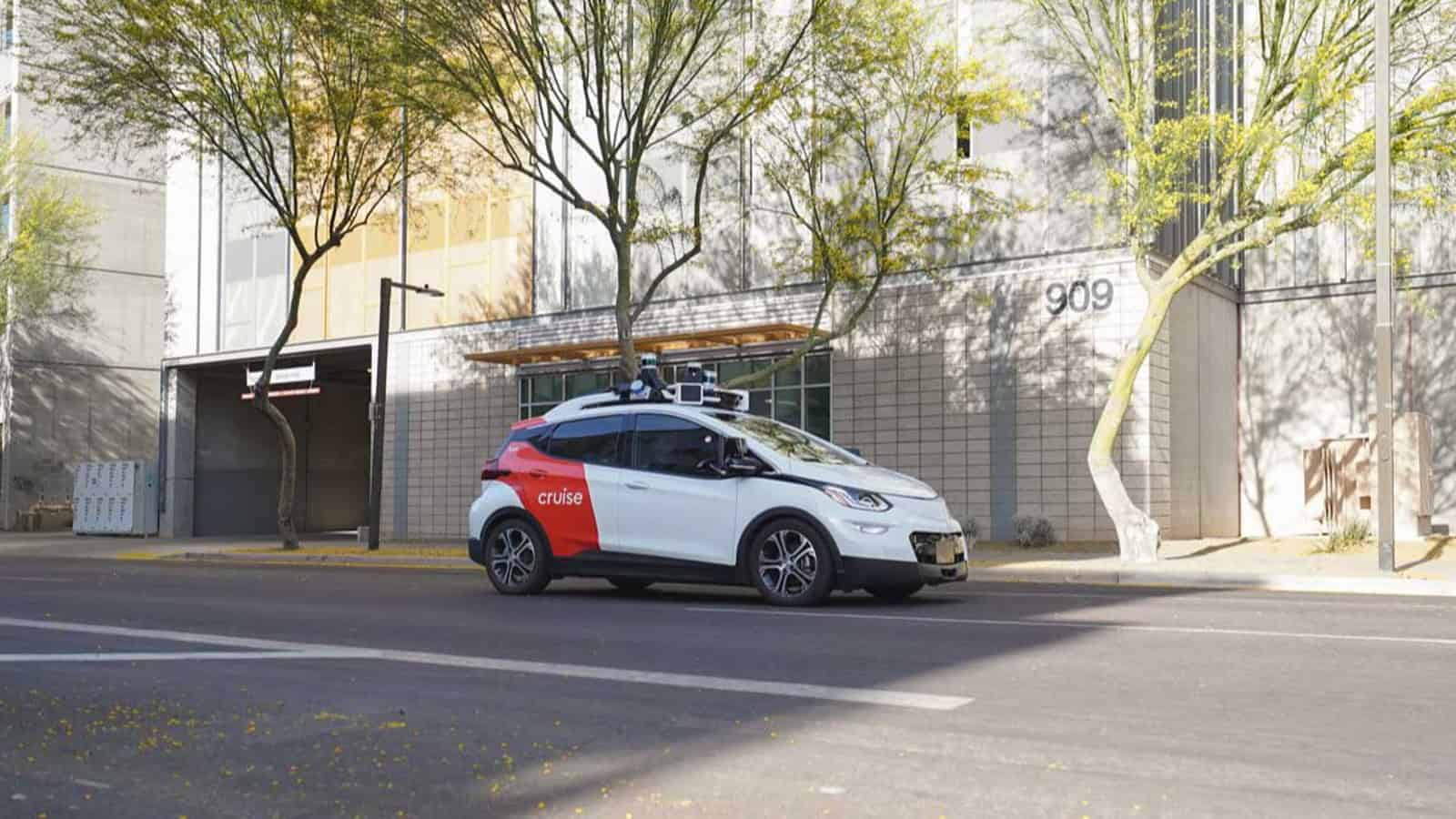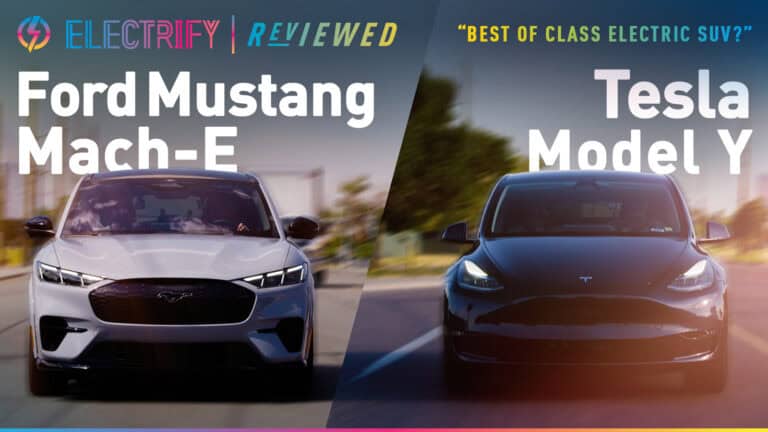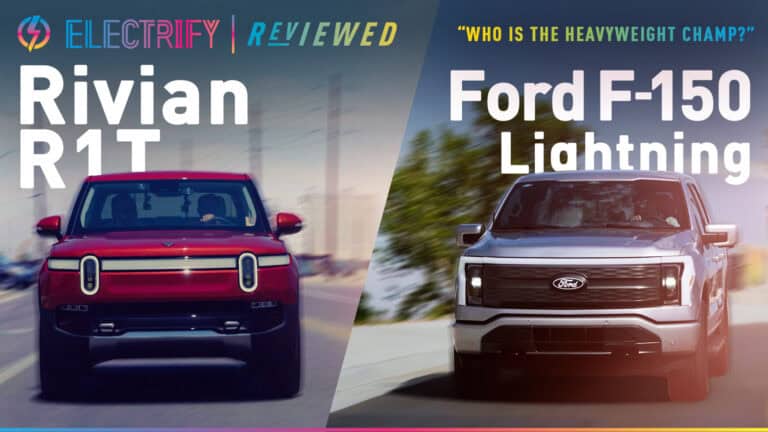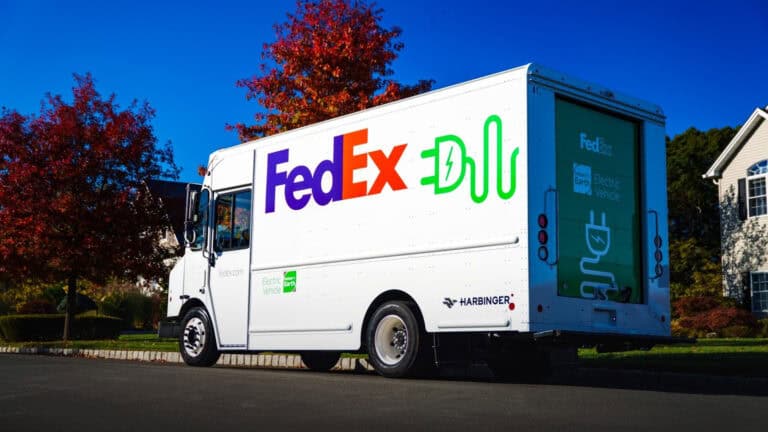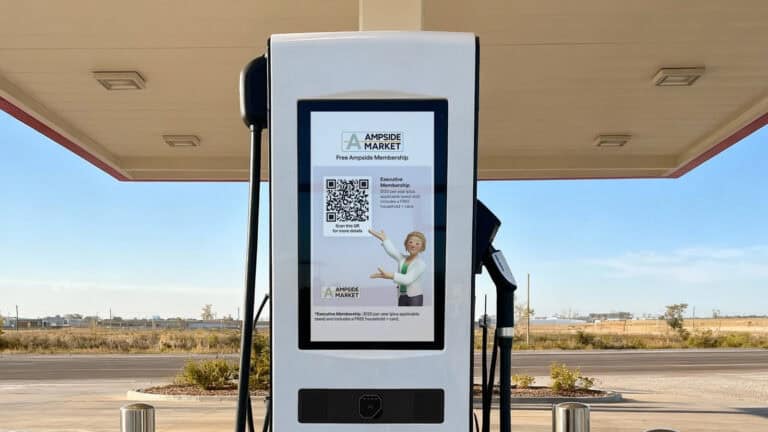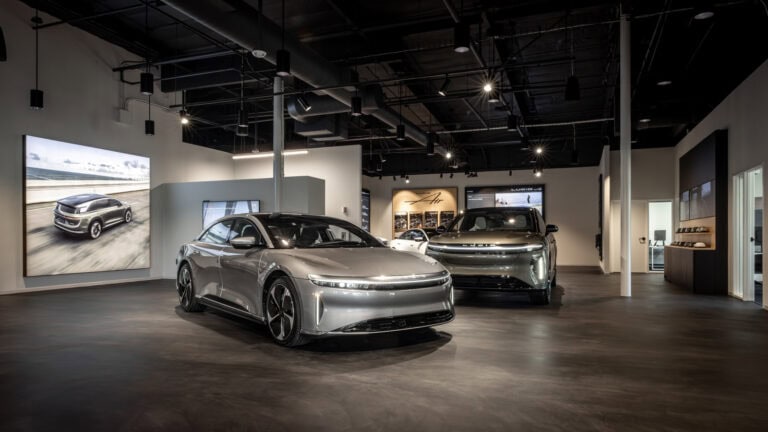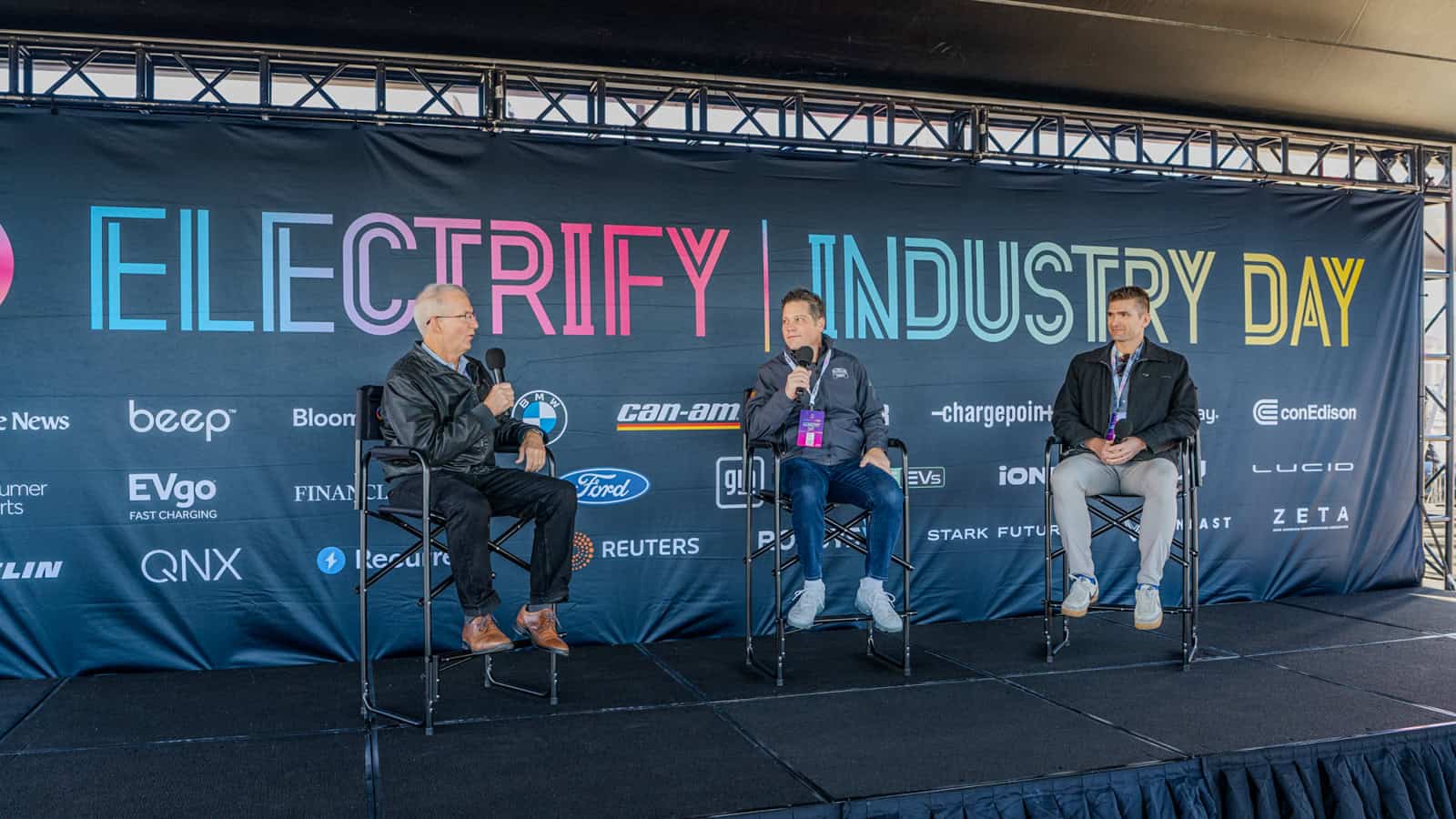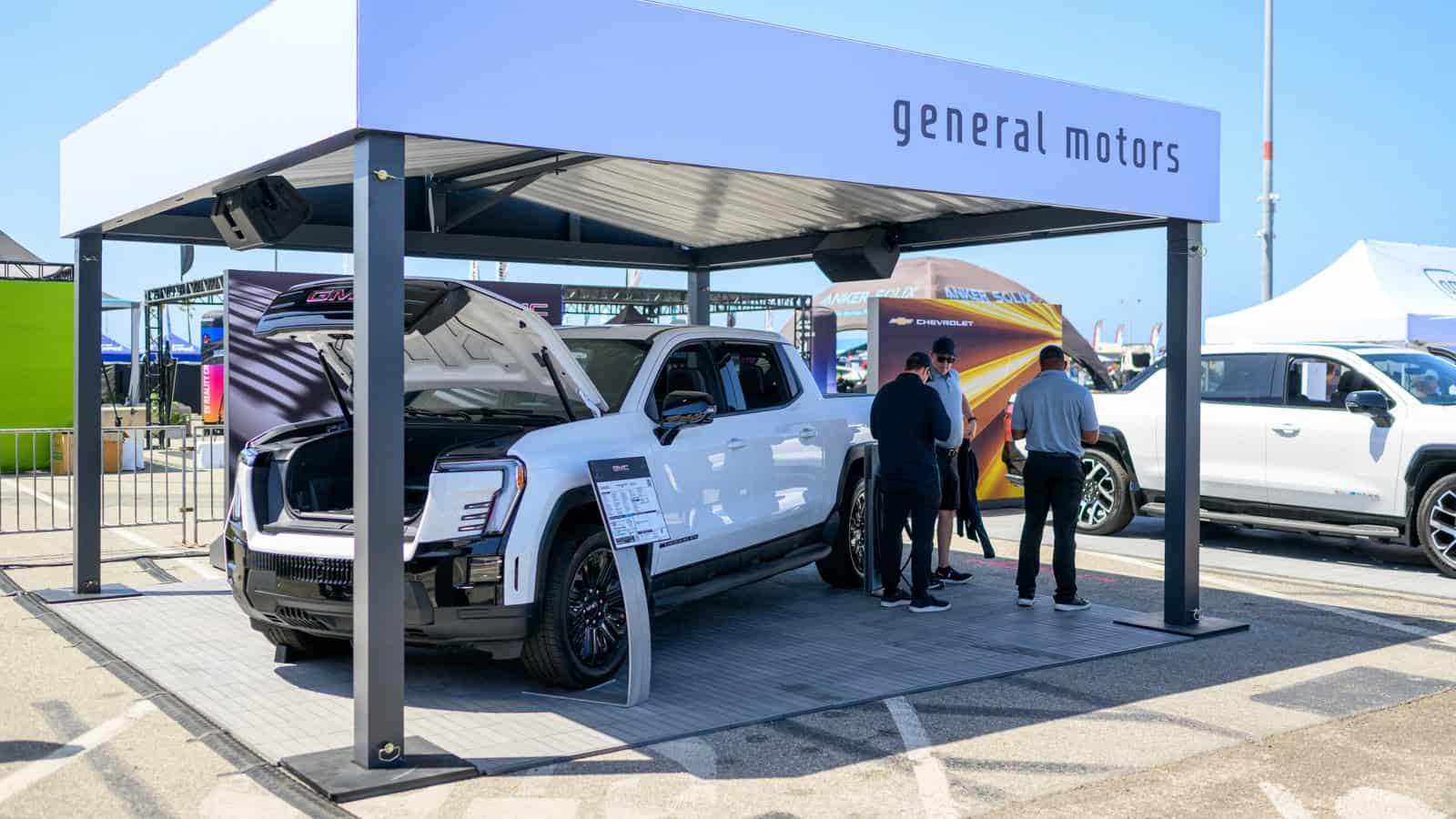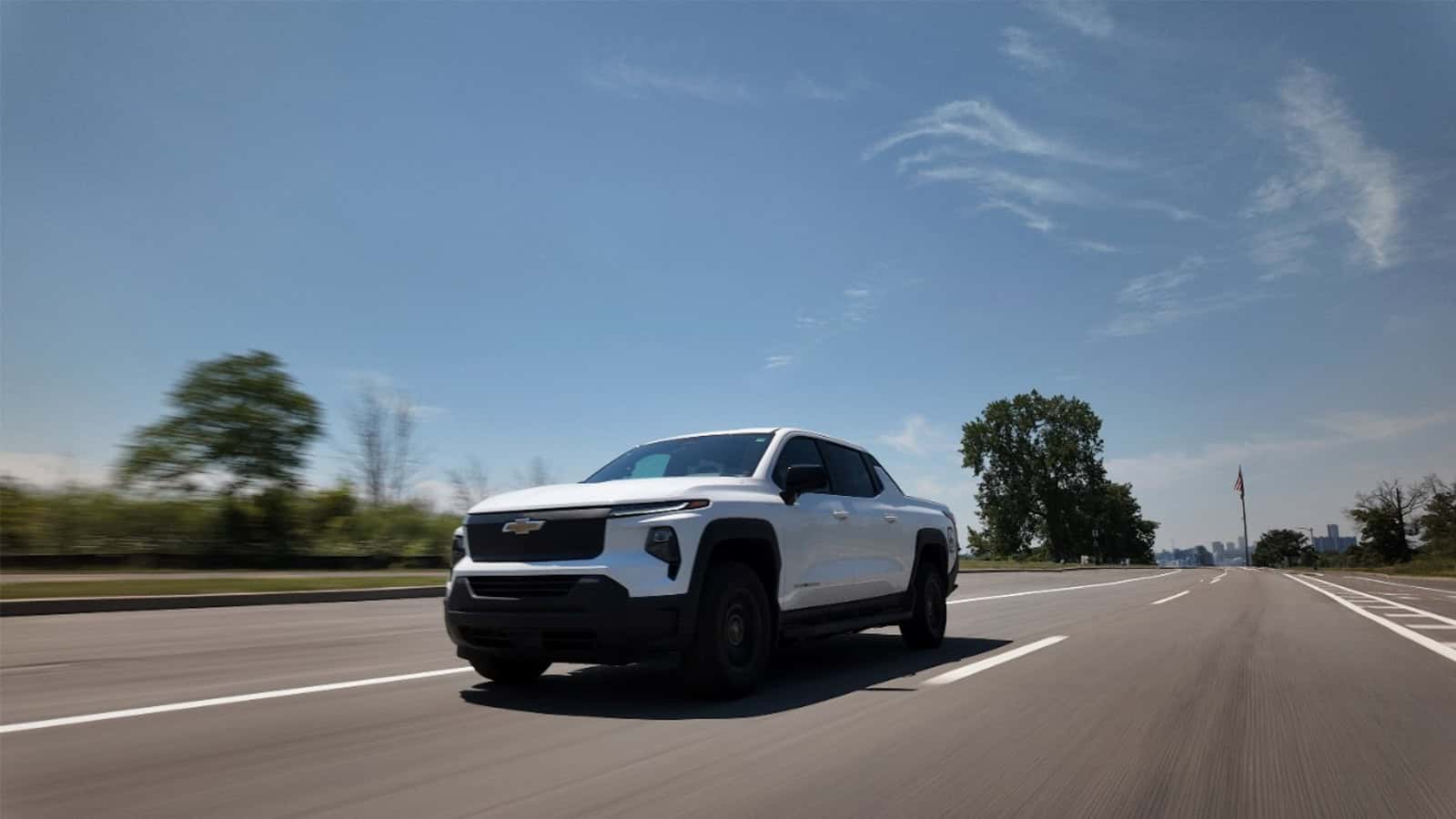- GM spent $10 billion on Cruise before ending its robotaxi plans.
- Cruise faced public trust issues after high-profile failures.
- GM is now focusing on privately owned autonomous vehicles.
General Motors (GM) has officially pulled the plug on its robotaxi division, Cruise. After eight years and a staggering $10 billion investment, the automaker has decided to shift focus toward privately owned autonomous vehicles, betting that consumer demand for personal autonomy might succeed where shared mobility services have struggled.
This decision reflects the challenges of developing robotaxi technology, including regulatory hurdles, massive financial losses, and declining public trust. These factors have prompted questions about the future of autonomous mobility.
ADVERTISEMENT
Cruise Faces Safety Concerns Regulatory Scrutiny and Massive Losses
Cruise had tested extensively, logging 5 million miles and preparing to launch its driverless Origin shuttles. However, repeated issues in San Francisco, including traffic blockages, collisions with emergency vehicles, and a widely reported pedestrian accident, damaged public trust.
The pedestrian incident, where Cruise failed to include critical details in its report, prompted the California DMV to suspend its operations. The NHTSA stepped in with a consent order requiring stricter oversight of Cruise’s reporting practices, exposing flaws in the company’s approach to safety and transparency. The fallout included regulatory investigations and a $1.5 million penalty, further damaging Cruise’s credibility.
Internally, Cruise faced its own challenges. Disagreements between its first CEO, Dan Ammann, and GM CEO Mary Barra over the company’s direction led to Ammann’s removal. Ammann wanted Cruise to go public and focus solely on robotaxis, while Barra preferred integrating Cruise’s technology across GM’s broader portfolio. Despite staying in-house, Cruise continued to incur heavy losses, totaling $3.4 billion in 2023.
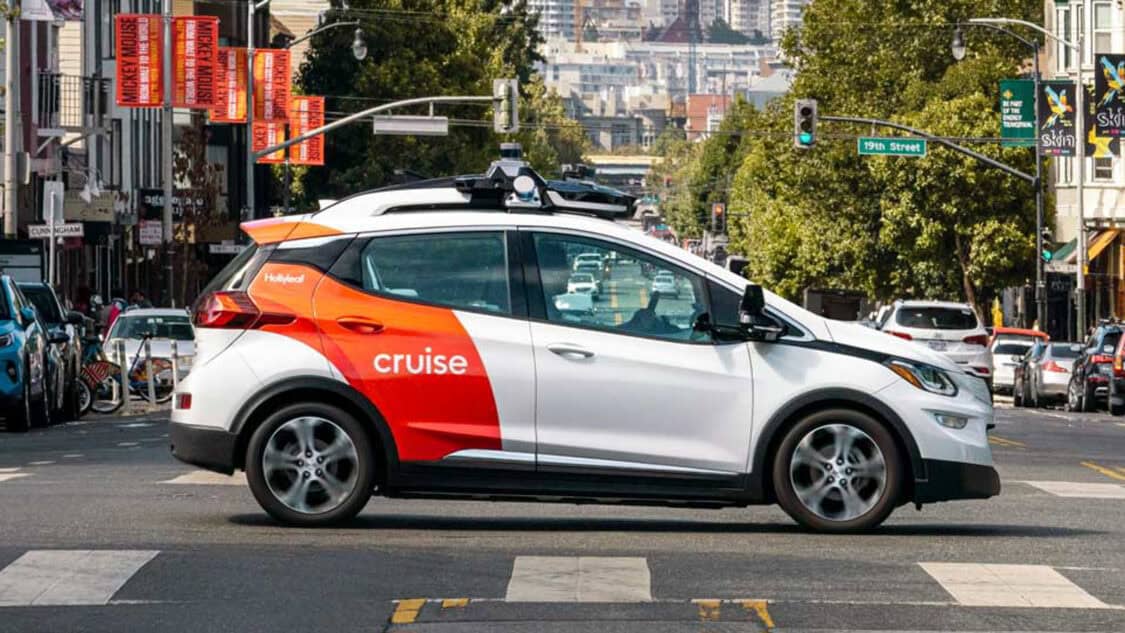
GM Focuses on Personal Autonomy with Advanced Super Cruise Expansion
Barra highlighted a plan to better meet what customers want. “Customers like to drive,” she explained to investors. “And there’s times they don’t like to drive.” This balance reflects GM’s approach to privately owned autonomous vehicles, offering convenience for times when driving isn’t preferred while keeping the option to take the wheel.
GM plans to build on its Super Cruise technology, which offers hands-free highway driving, by developing a more advanced system capable of handling most driving situations. While Barra acknowledged the risks involved with driver-assistance technologies, she highlighted the value of applying Cruise’s advancements to personal vehicles. “How it seamlessly moves back and forth, I think is something different in a personal autonomous vehicle,” she noted.
ADVERTISEMENT
GM Shifts Focus as Robotaxi Industry Faces High Costs and Safety Concerns
GM’s decision aligns with changes happening across the industry. Ford exited the robotaxi market in 2022, cutting funding for Argo AI due to concerns over high costs and regulatory challenges. Alphabet’s Waymo remains one of the few companies continuing to invest heavily in robotaxi development, while Tesla’s plans for a 2026 launch of its own robotaxi program are viewed with skepticism by analysts.
The move to privately owned autonomous vehicles comes with challenges. Studies show that systems like Level 3 autonomy can lead to dangerous situations during transitions between automation and human control. Sudden handoffs often result in overcorrections, creating serious safety risks. GM must also address liability issues, which have long been a concern in the autonomous vehicle industry.
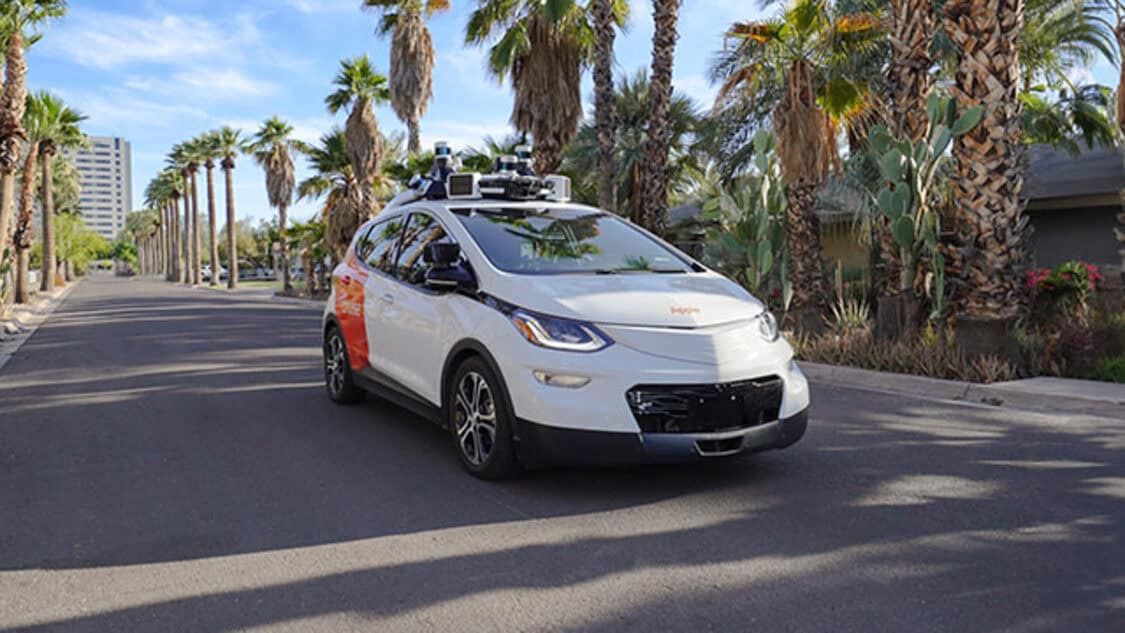
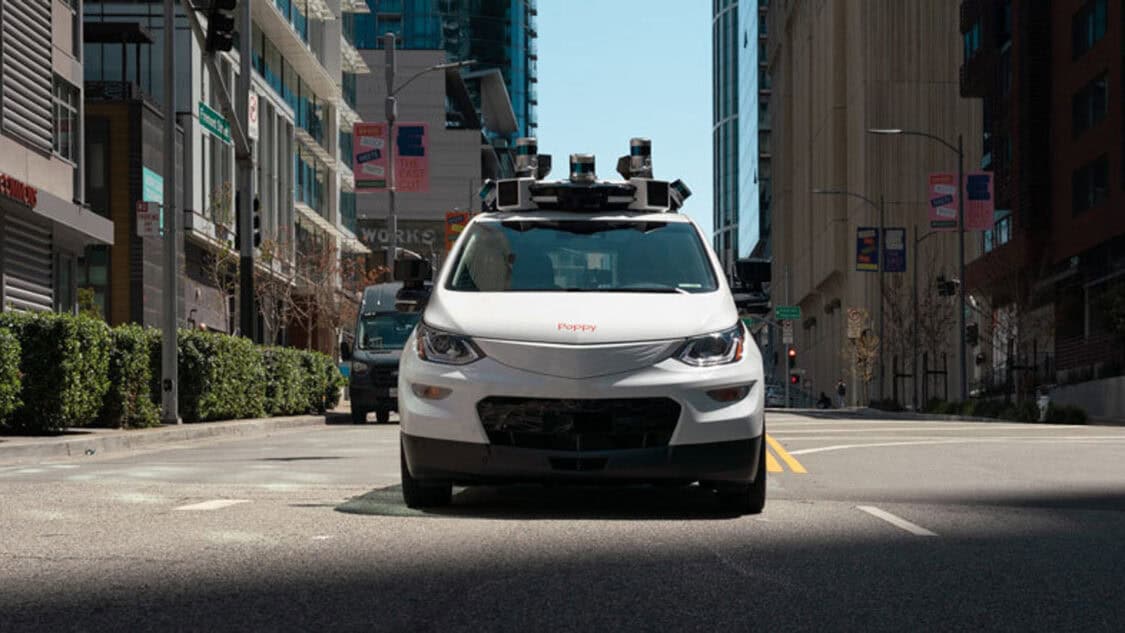
A Calculated Risk or a Costly Mistake?
GM’s decision to move away from Cruise’s original mission highlights the challenges of autonomous mobility. By focusing on private ownership, GM is leveraging its experience in selling cars directly to consumers, but success is far from certain. The financial and technical hurdles remain daunting, and high-profile incidents have left public trust in need of repair.
Barra remains optimistic. “The application of what the customer wants in a privately owned vehicle is very different,” she explained. This adjustment reflects a practical approach that could influence how autonomy fits into daily life.
Whether GM’s new direction will deliver the expected results remains uncertain. The story of GM Cruise highlights the challenges and risks involved in the pursuit of autonomous vehicle technology.
ADVERTISEMENT

IMAGES: GENERAL MOTORS
FTC: We use income-earning auto affiliate links. Learn more.


